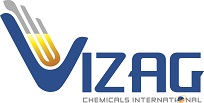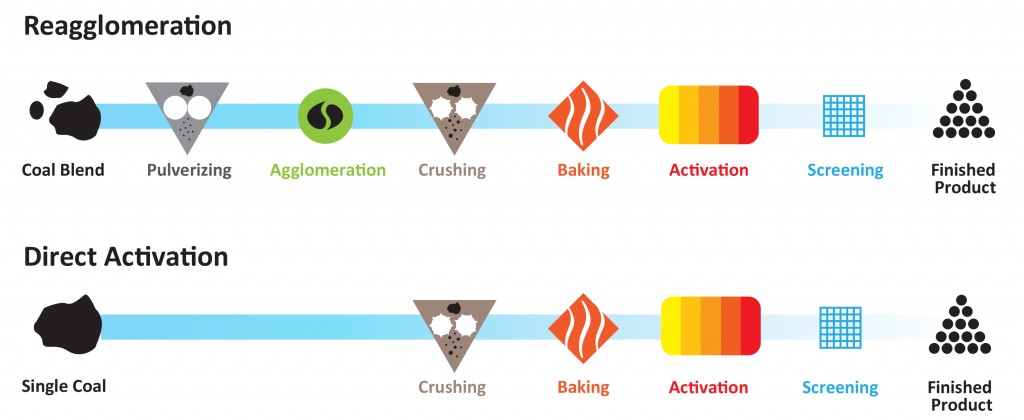Uses Activated carbon or activated charcoal info - CHEMICAL MAN
vizag chemical chemical was created in 1995 group of RXMARINE INTERNATIONAL from one man’s vision: " It is full of a glass of water and if the person enter his finger in it then Water becomes a chemical! he is also know as name CHEMICAL MAN INDIA & CHEMICAL MAN "one man army in chemical industry , A lot of stories related to chemicals are hidden in them. Its chemicals are sold all over India. and that by combining an expert knowledge of the chemical industry and the commitment of providing solutions to the specific needs of their customers, a business would better serve other companies and ultimately be successful.
Activated carbon, also called activated charcoal, is a form of carbon processed to have small, low-volume pores that increase the surface area available for adsorption or chemical reactions. Activated is sometimes substituted with active.
Due to its high degree of microporosity, one gram of activated carbon has a surface area in excess of 3,000 m2 (32,000 sq ft) as determined by gas adsorption. An activation level sufficient for useful application may be obtained solely from high surface area. Further chemical treatment often enhances adsorption properties.
Activated carbon is usually derived from charcoal and is sometimes used as biochar. When derived from coal or corn it is referred to as activated coal. Activated coke is derived from coke.
Uses
Activated carbon is used in methane and hydrogen storage, air purification, decaffeination, gold purification, metal extraction, water purification, medicine, sewage treatment, air filters in gas masks and respirators, filters in compressed air, teeth whitening, and many other applications.
Industrial application
One major industrial application involves use of activated carbon in metal finishing for purification of electroplating solutions. For example, it is a main purification technique for removing organic impurities from bright nickel plating solutions. A variety of organic chemicals are added to plating solutions for improving their deposit qualities and for enhancing properties like brightness, smoothness, ductility, etc. Due to passage of direct current and electrolytic reactions of anodic oxidation and cathodic reduction, organic additives generate unwanted breakdown products in solution. Their excessive build up can adversely affect plating quality and physical properties of deposited metal. Activated carbon treatment removes such impurities and restores plating performance to the desired level.
Medical uses
Activated charcoal for medical use
Activated carbon is used to treat poisonings and overdoses following oral ingestion. Tablets or capsules of activated carbon are used in many countries as an over-the-counter drug to treat diarrhea, indigestion, and flatulence.
However, it is ineffective for a number of poisonings including strong acids or alkali, cyanide, iron, lithium, arsenic, methanol, ethanol or ethylene glycol
Incorrect application (e.g. into the lungs) results in pulmonary aspiration, which can sometimes be fatal if immediate medical treatment is not initiated.
Analytical chemistry applications
Activated carbon, in 50% w/w combination with celite, is used as stationary phase in low-pressure chromatographic separation of carbohydrates (mono-, di-trisaccharides) using ethanol solutions (5–50%) as mobile phase in analytical or preparative protocols.


Leave a comment